Hydrogen fuel progress
- PostedPublished 30 June 2019
In parallel to the development of battery electric vehicles, progress in hydrogen fuel cell technology and the supporting fuel infrastructure is gathering pace both globally and in Australasia.
For example, Toyota Australia is pumping $4.3 million into construction of Victoria’s first hydrogen refuelling station at its former car manufacturing site in Altona.
The project is supported to the tune of a further $3.1 million by the Australian Renewable Energy Agency (ARENA).
Existing manufacturing infrastructure at Altona will be repurposed into a ‘Hydrogen Centre’ with commercial grade hydrogen produced on-site using electrolysis and fed to refuelling pumps where vehicles such as Toyota’s Mirai fuel cell sedan can be refilled in less than five minutes.
There will also be an on-site education facility with live demonstrations.
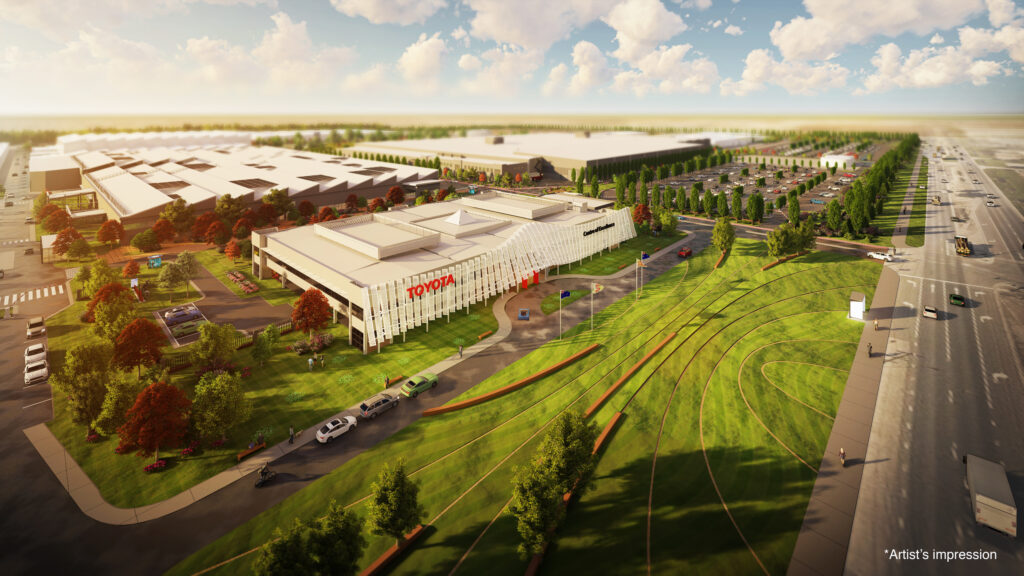
ARENA CEO Darren Miller said the initiative would help demonstrate hydrogen’s viability for both fuel and energy storage, as well as paving the way for cleaner transport in Australia “where the uptake of electric vehicles has been slower than other countries”.
“The demonstration of low-cost hydrogen production and distribution is key to the uptake of hydrogen-powered electric vehicles in areas such as truck, bus and government fleets,” said Mr Miller.
“Australia holds a competitive advantage to play a global role in the emerging hydrogen export market due to our existing expertise and infrastructure.”
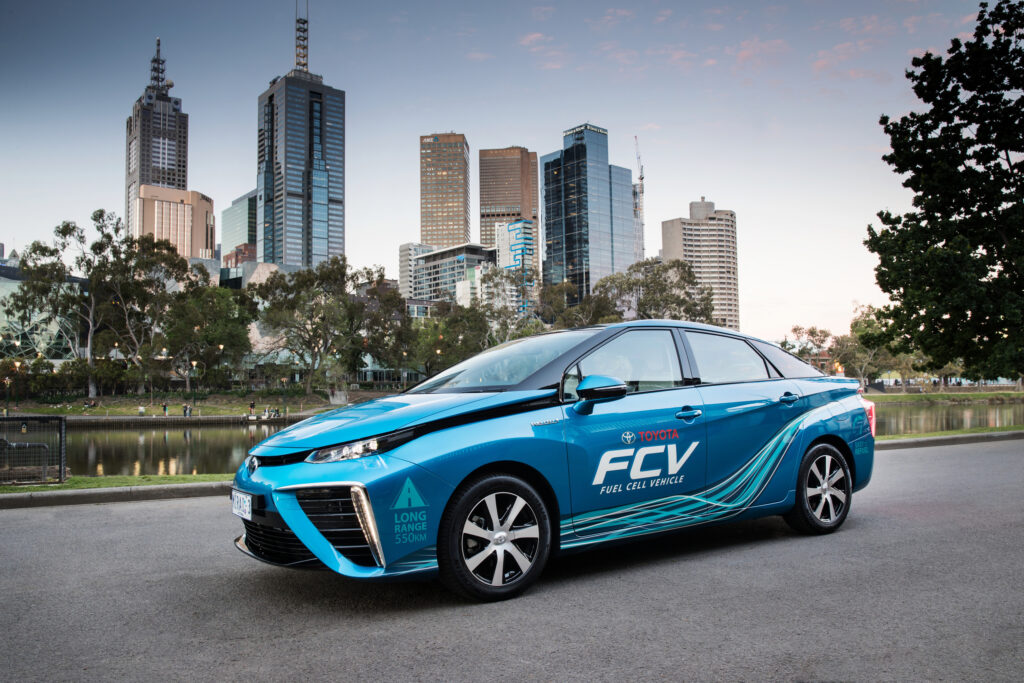
Toyota expects the education centre to be open by December this year, with the hydrogen refuelling facility fully operational by late 2020.
Toyota Australia president and CEO Matt Callachor described hydrogen as having “potential to play a pivotal role in the future”.
“It can store and transport energy from wind, solar and other renewable sources to power many things, including vehicles like the Toyota Mirai,” he said.
“Right now, the biggest factor to the success of hydrogen being widely available is the lack of infrastructure. The sooner we move to a zero emissions society, the better, and Toyota is committed to making this a reality.”
Hydrogen is the ‘other’ EV
Claire Johnson, the CEO of Hydrogen Mobility Australia, told Fleet Auto News she expects hydrogen fuel play an important role in the transition to zero-emissions transport, particularly where trucks, buses and trains are concerned.
Similar to the existing multi-fuel market we have today with petrol, diesel and to a lesser extent LPG, battery and fuel cell vehicles will exist side-by-side and chosen based on lifestyle or intended use.
Hydrogen could take on a similar role as diesel does today, suited to powering larger long-range or heavy-duty vehicles but still preferred by some people for passenger cars.
“Given the performance characteristics of hydrogen fuel cell vehicles, the transition from traditional internal combustion engines to electric drivetrains can be one of minimal disruption, with little change in behaviour to the way we use our petrol or diesel vehicles today,” said Ms Johnson.
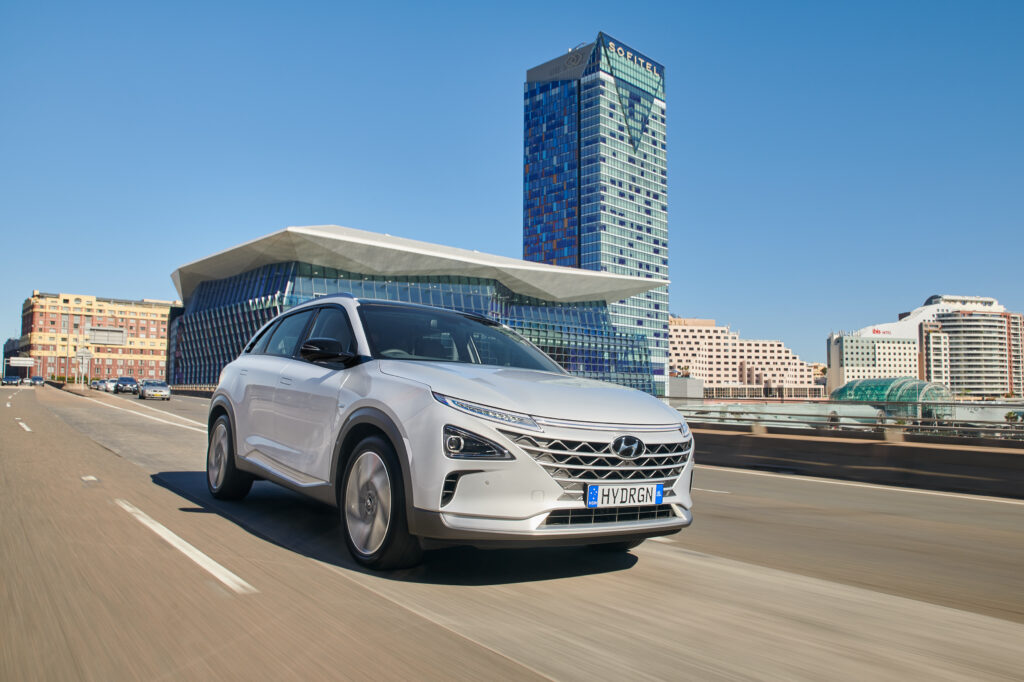
“Through their relative strengths and weaknesses, both types of electric vehicles, that is hydrogen fuel cell and battery, can work together to ensure an orderly transition away from the internal combustion engine.”
Although charging infrastructure for battery electric vehicles is currently years ahead of the hydrogen refuelling network, Australian state and territory governments last year endorsed the National Hydrogen Strategy.
“Through this project, Australia will have a clear pathway outlining how and where we deploy the refuelling infrastructure we need to develop a hydrogen mobility sector nationwide,” said Ms Johnson.
Queensland’s hydrogen highway
The Queensland state government has just released its Hydrogen Industry Strategy for the next five years.
Of the $19 million allocated, $15m will be funnelled into an industry development fund with the intention of establishing a thriving hydrogen sector in the state.
The strategy’s five priorities are to support innovation, facilitate private investment, ensure effective policy frameworks, build community awareness and facilitate skills development.
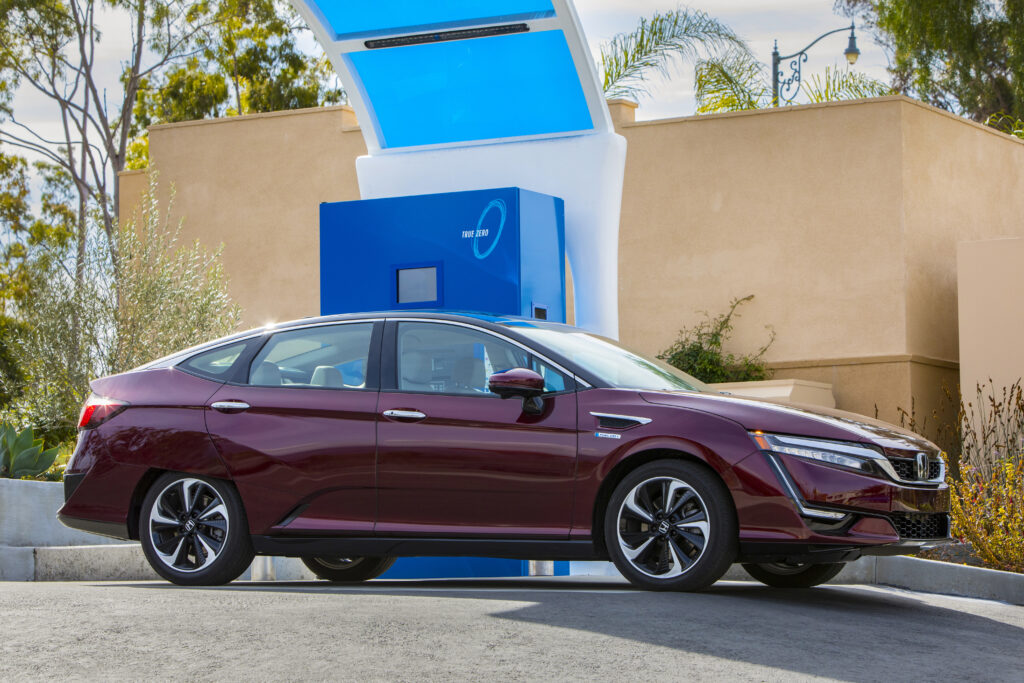
Japan, a world leader in hydrogen for energy and transport, could become a major export destination for the fuel.
In May, Queensland Premier Anastasia Palaszczuk signed a Memorandum of Understanding with Tokyo-based resources investment group Japan Oil, Gas and Metals Corp for continued co-operation in hydrogen development.
The first delivery of sustainably produced hydrogen was exported from Queensland to Japan in March this year.

The Asia-Pacific region is also expected to drive a lot of growth in global hydrogen demand, which is expected to reach $US155 billion ($A224b) by 2022.
Queensland’s established infrastructure, proximity to Asia, significant solar resources and available land are cited as the state’s advantages as a base for hydrogen production and export.
Bosch, Audi commit to hydrogen
Bosch estimates that by 2030, up to 20 per cent of electric vehicles globally will be powered by hydrogen fuel cells.
It has formed an alliance with Swedish fuel-cell stack manufacturer Powercell to refine and mass-produce the technology.
Commercial vehicles are the first target market, as Bosch predicts that adoption of fuel cell technology here will help infrastructure and pricing to reach the critical mass required for widespread hydrogen uptake in passenger cars.
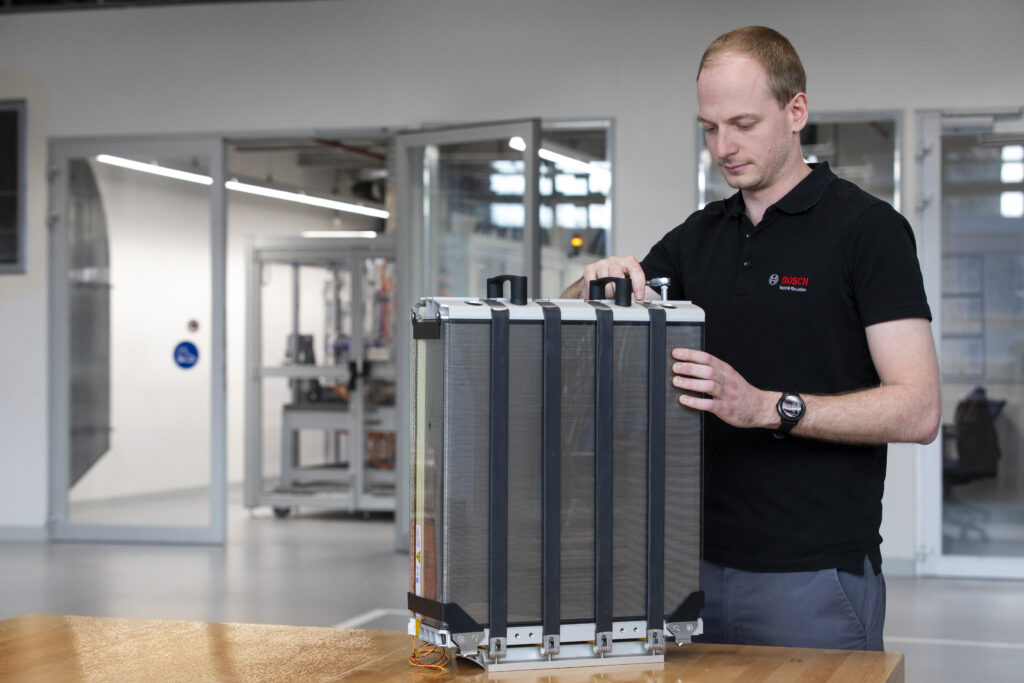
Meanwhile, Audi seems to be breaking ranks within the broader VW Group as it doubles down on fuel cell technology, with Audi and VW executives reportedly caught contradicting each other – in front of journalists – over which energy storage method is superior and more efficient.
Pilot production of Audi h-tron models is expected to begin around 2021, with China the initial focus market.
In addition to accounting for almost a third of Audi’s global sales volume, China is switching state subsidies for battery electric vehicles to those powered by hydrogen fuel cells.
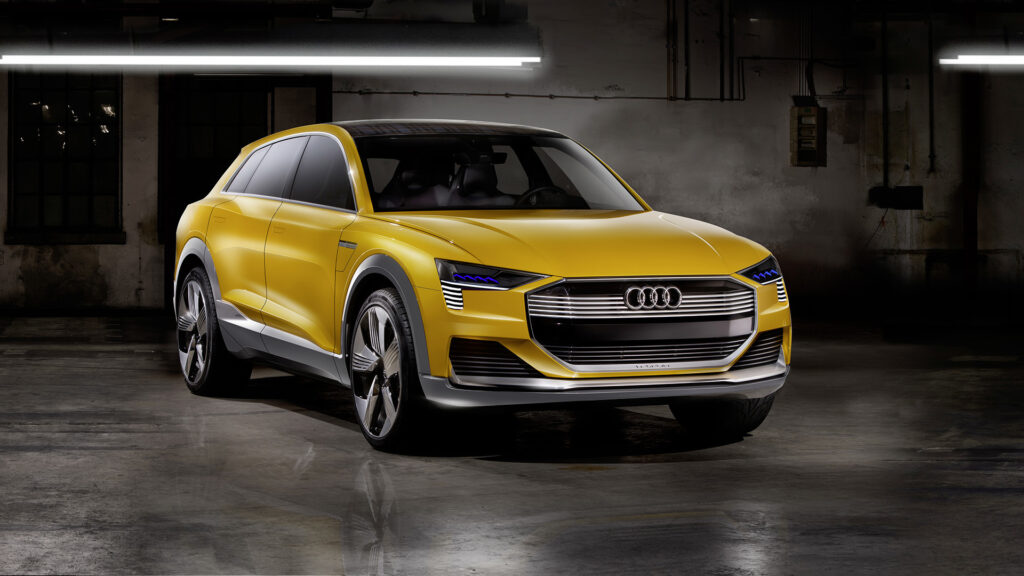
Audi’s ambition is to become the go-to fuel cell specialists if and when other VW Group brands decide to develop their own hydrogen-powered vehicles.
Politics aside, building competency in both technologies seems prudent.
Norway hydrogen fuel station blast halts sales of fuel cell vehicles
TWO people were hospitalised after an explosion at a hydrogen fuel station in Sandvika, Norway that resulted in at least two carmakers halting sale of hydrogen-powered models.
Injuries were reportedly sustained by nearby motorists after the sheer force of the hydrogen blast activated airbags in the cars they were driving at the time.
Emergency services created a half-kilometre exclusion zone, resulting in the closure of nearby major roads, until a safe situation was restored.
Shares in fuel station operator Nel plummeted and the company temporarily closed ten other hydrogen stations in Norway as a precaution.
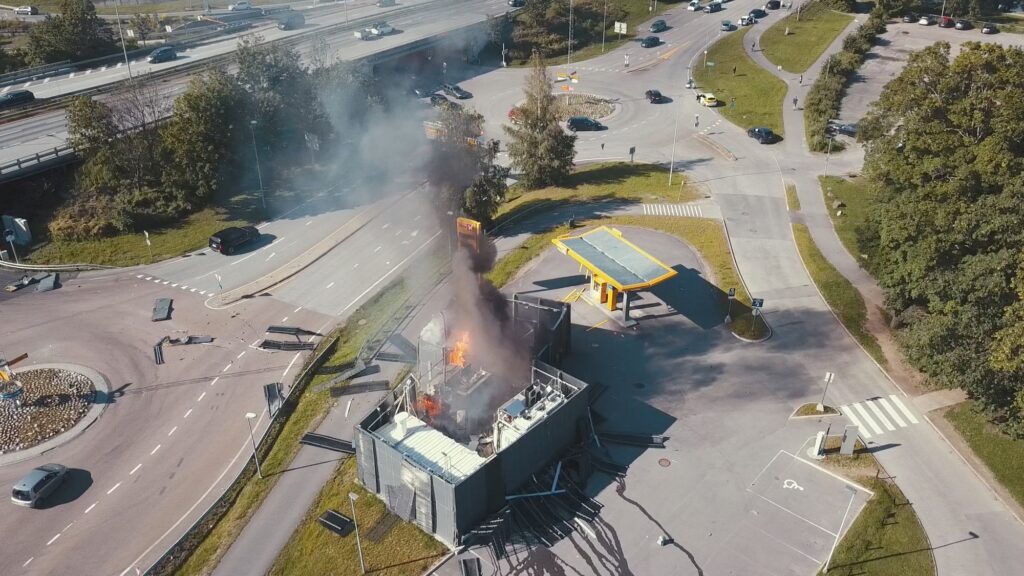
The incident also prompted Toyota and Hyundai to halt sales of their Mirai and Nexo hydrogen fuel cell vehicles, with courtesy cars offered to customers.
Nel CEO Jon André Løkke said the company had brought in experts from Denmark to help investigate the cause of the explosion.
“We are grateful for the swift work of emergency responders and that no major injuries have been reported. It is too early to speculate in the cause of the incident,” he said.
“We’re providing all relevant technical assistance in the ongoing investigation … We will continue to work closely with all relevant parties to determine the root cause.”
Cluster of hydrogen incidents
The explosion in Norway came just days after a tanker trailer blew up at a hydrogen supply plant while being refilled in Santa Clara, California.
Miraculously there were no injuries but it caused hydrogen fuel stations in the region to shut down, leaving more than 3000 fuel cell vehicles in Northern California without a place to fill up.
Owners of hydrogen-powered Honda Clarity and Toyota Mirai vehicles were extended offers to swap to an alternative model by their respective manufacturers to tide them over until the situation was resolved.
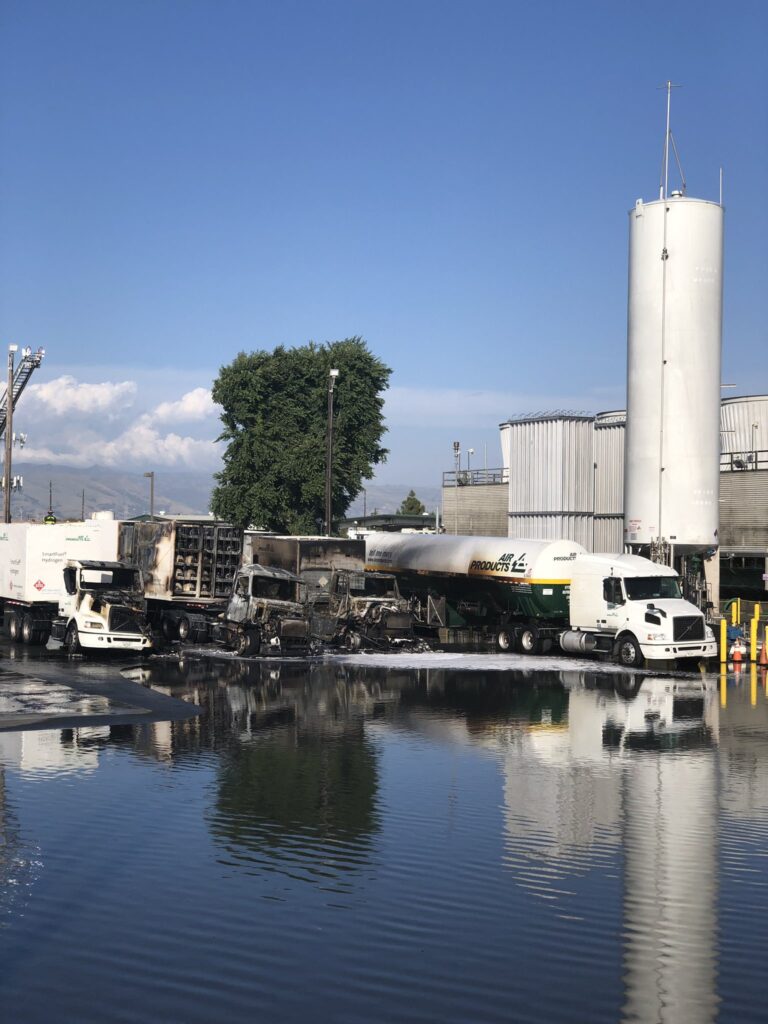
Just a few days prior to the events in California, a hydrogen tank in the South Korean city of Gangneung exploded, killing two people and injuring another six.
A 5100 square-metre factory was reportedly destroyed by the blast, which also damaged a neighbouring building.
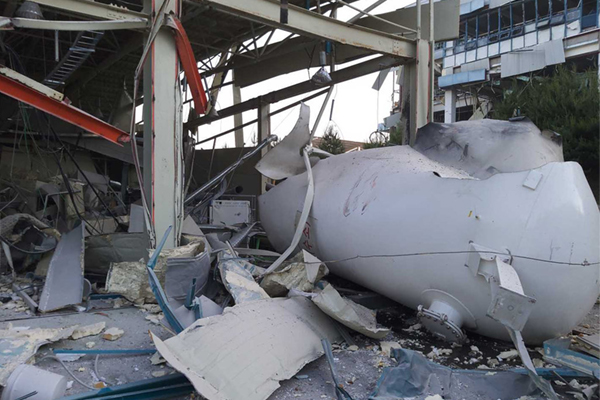
The local Ministry of Trade, Industry and Energy said the incident happened while testing technology that uses electrolysis to split water into hydrogen and oxygen.
South Korea’s public and private sectors are investing heavily in hydrogen fuel cell technologies in an effort to address air pollution and boost the local economy.
- CategoriesIn SightGlass
- TagsHydrogen, hydrogen cars, hydrogen fuel cell, hydrogen trucks, SightGlass News Issue 17

